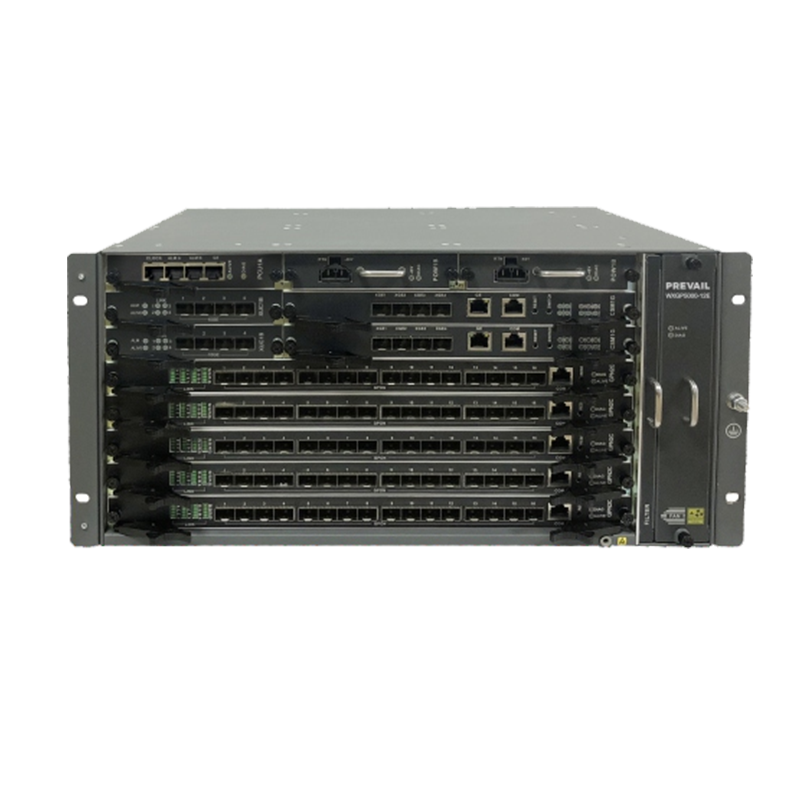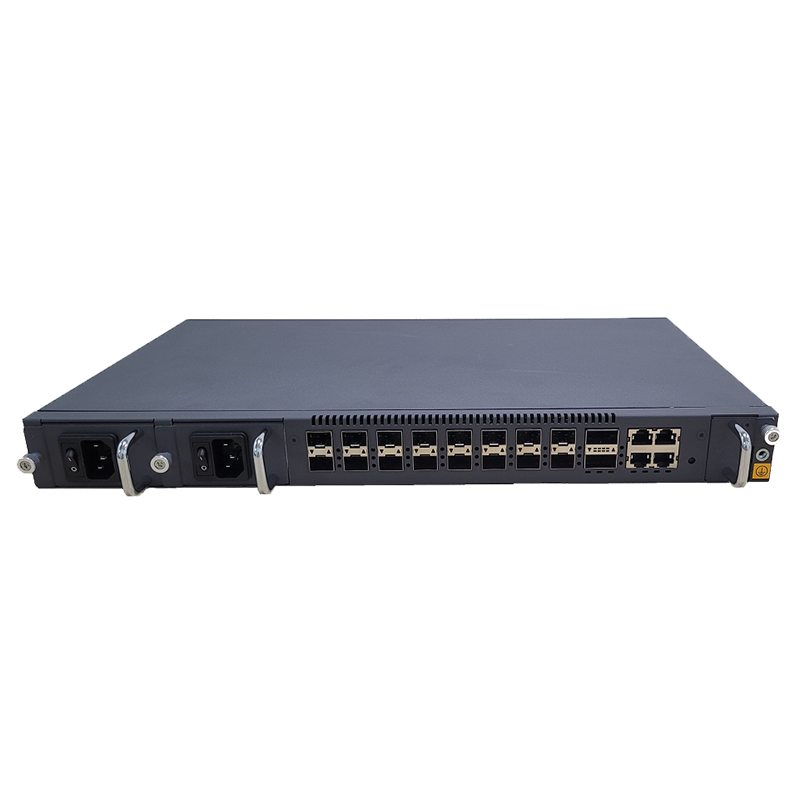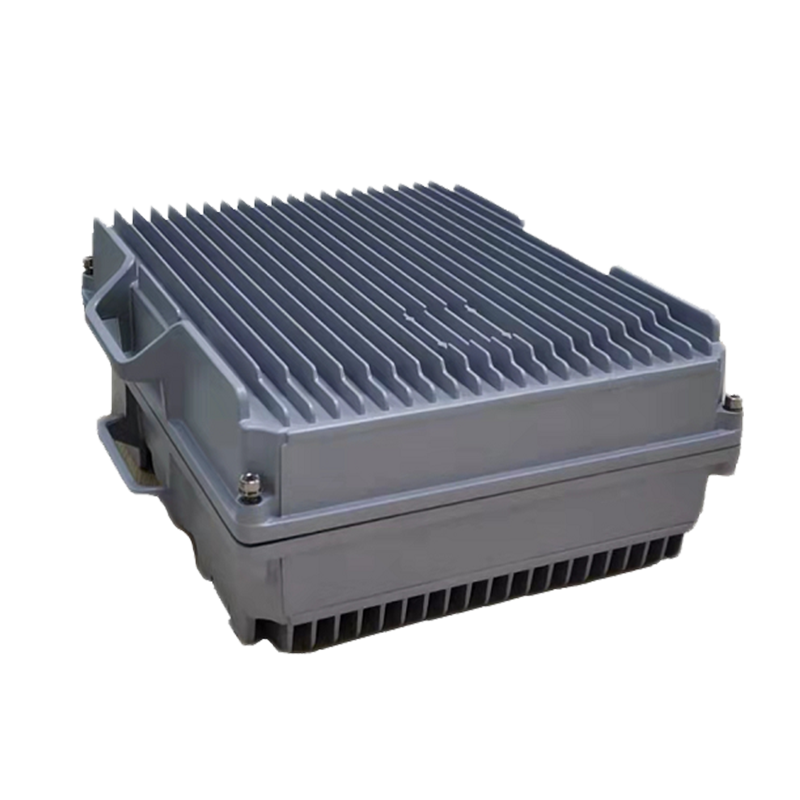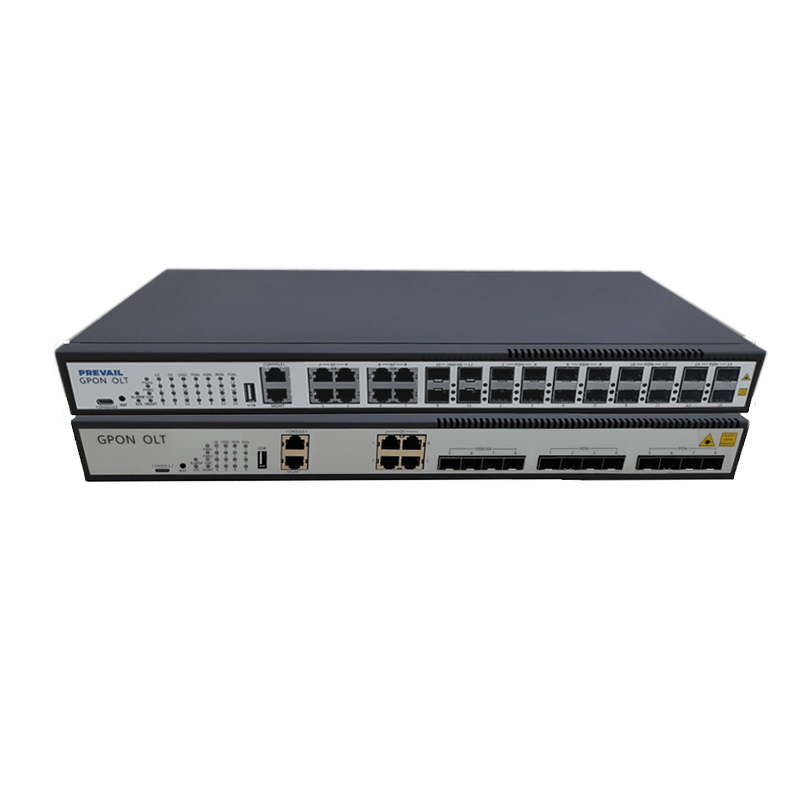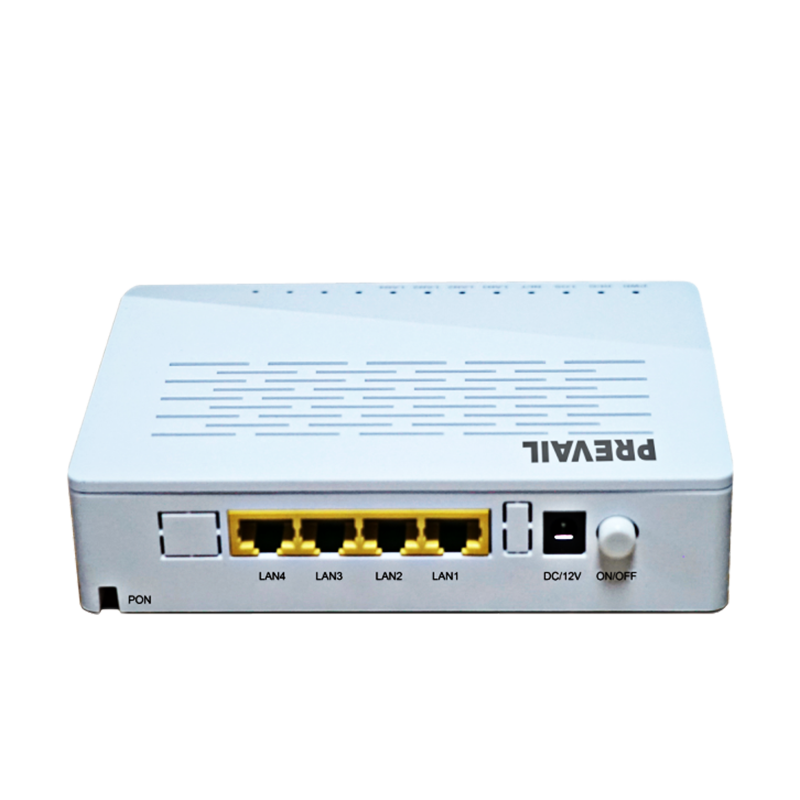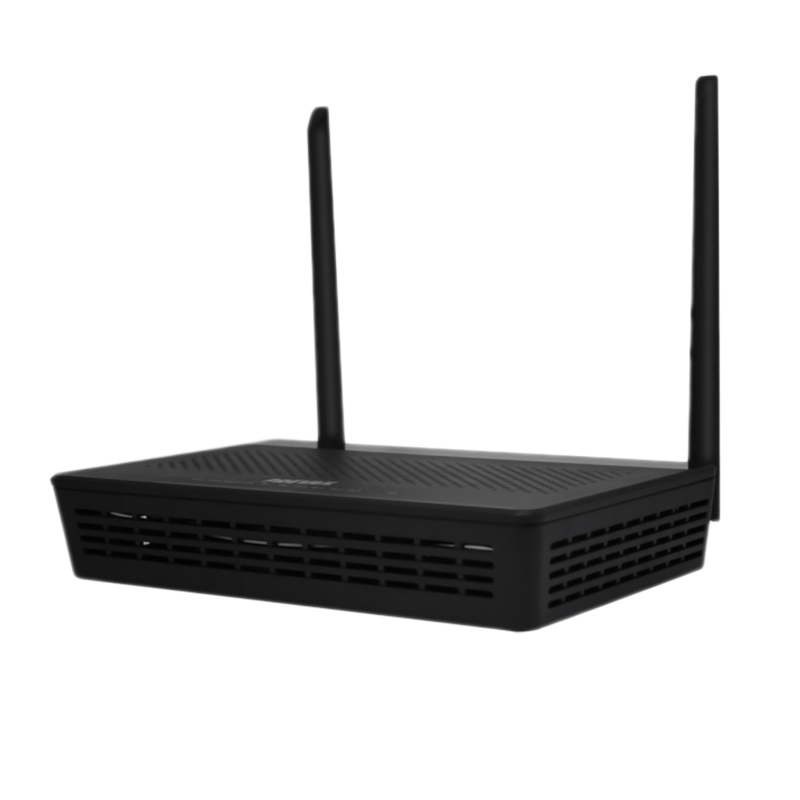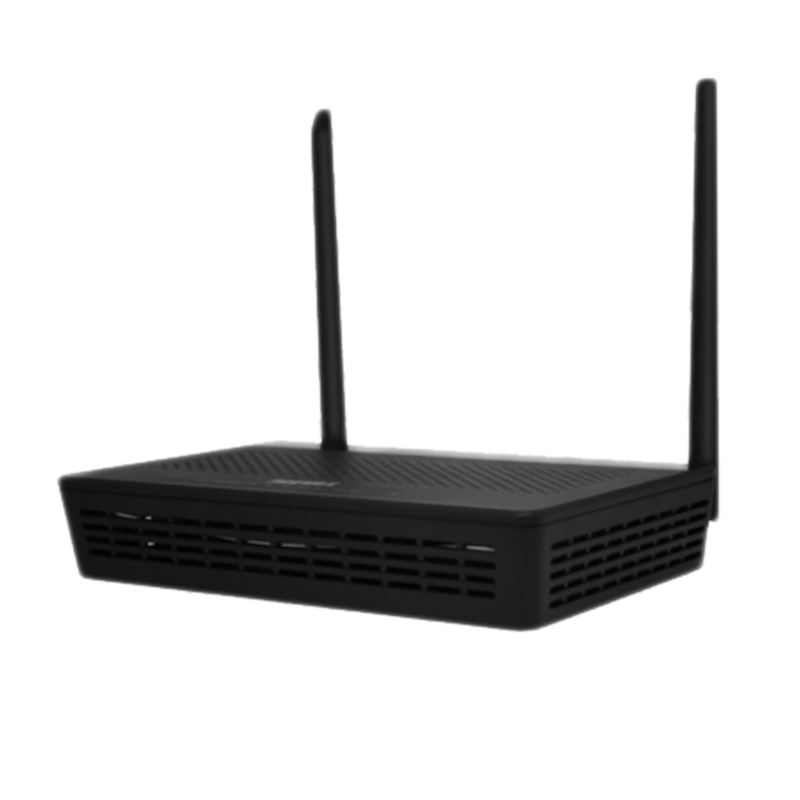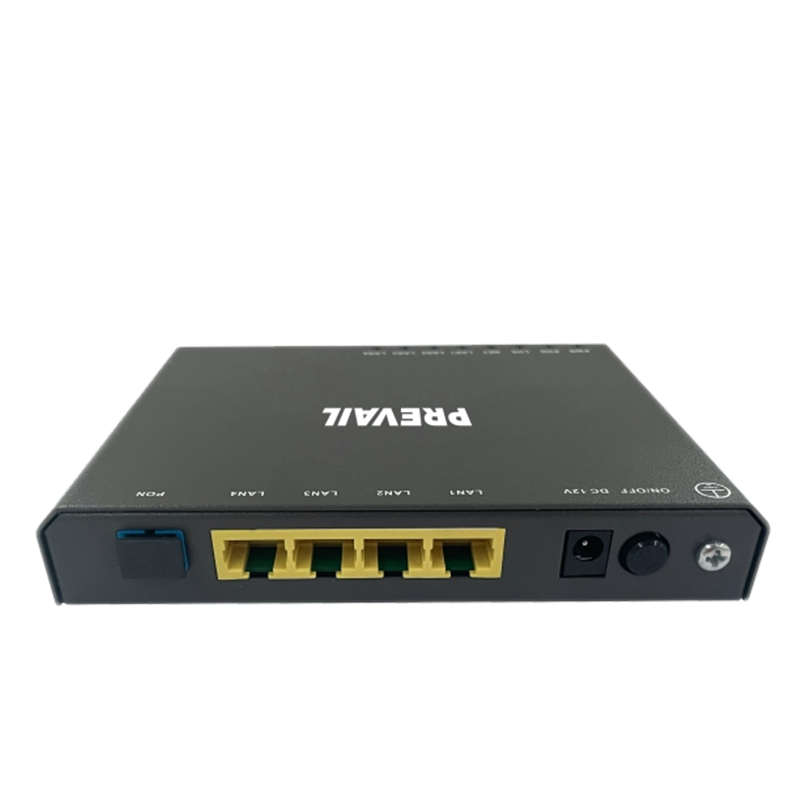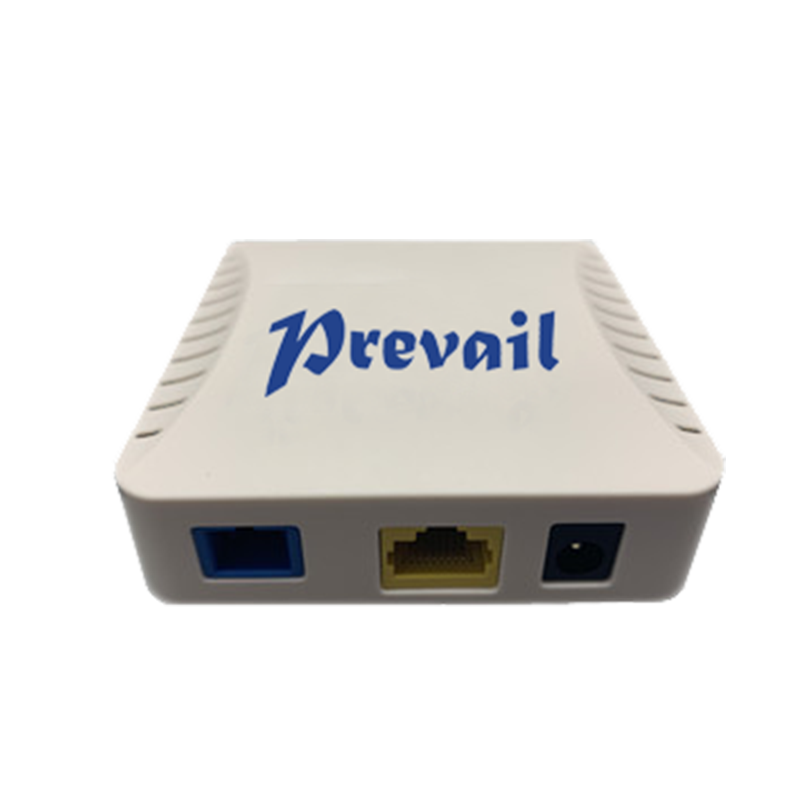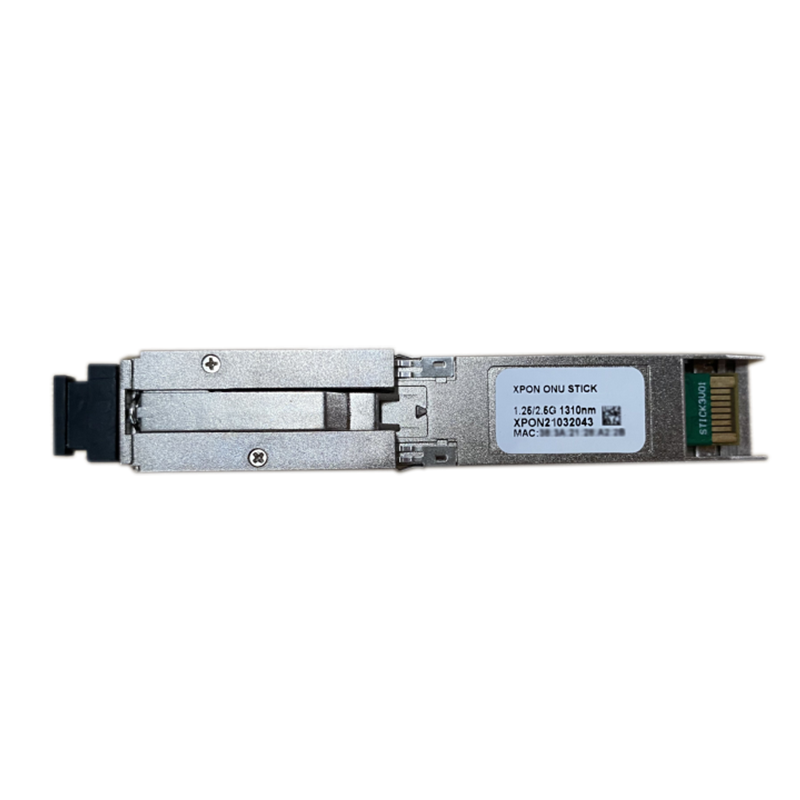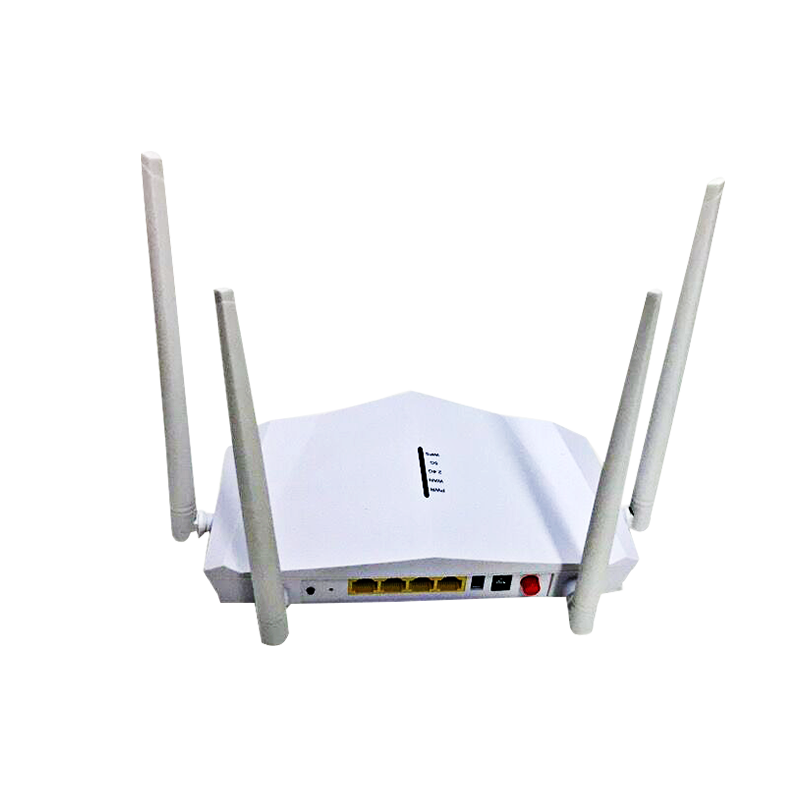HFC Transmission Equipment: The Backbone of Modern Broadband Communication
Hybrid Fiber-Coaxial (HFC) transmission equipment plays a pivotal role in today’s broadband infrastructure, bridging the gap between high-speed fiber optics and traditional coaxial cables. This technology has revolutionized internet and cable television services, providing a cost-effective solution for delivering high-speed data to millions of households worldwide.
These devices convert optical signals transmitted over fiber cables into electrical signals for coaxial cable distribution.
Amplifiers strengthen electrical signals to ensure data integrity over longer distances in the coaxial network.These devices distribute signals to multiple endpoints, such as homes or businesses.
Customer-premises equipment (CPE) like modems convert coaxial signals into internet data for end-user devices.
This includes the core systems that manage and transmit signals through the HFC network, such as optical transmitters and modulators.

HFC networks utilize existing coaxial infrastructure for the last mile, reducing the need for extensive new cable installation.
The modular nature of HFC transmission equipment allows networks to expand seamlessly to meet growing demand for bandwidth.
With advancements like DOCSIS (Data Over Cable Service Interface Specification) technology, HFC networks now support gigabit speeds, rivaling full-fiber networks.
Fiber optics ensure robust long-distance transmission, while coaxial cables provide stable connectivity over shorter distances.
HFC transmission equipment supports a range of services, including internet, cable TV, and VoIP (Voice over Internet Protocol).
HFC networks are the backbone of high-speed internet for homes, offering reliable connectivity for streaming, gaming, and remote work.
HFC equipment efficiently delivers high-definition and on-demand TV services to millions of viewers.
Businesses benefit from HFC networks for secure, high-bandwidth connections supporting data-intensive operations.
HFC networks are integral to smart city initiatives, enabling connectivity for IoT (Internet of Things) devices and public Wi-Fi systems.
HFC transmission equipment supports mobile networks by providing high-capacity backhaul for cellular towers.
Coaxial cables are prone to signal loss over distance, requiring amplifiers and maintenance for optimal performance.
Although scalable, HFC networks face constraints in supporting the explosive growth in data traffic compared to full-fiber solutions.
The dual medium nature of HFC networks increases operational complexities, requiring regular monitoring and upgrades.
The latest DOCSIS standard will significantly boost HFC network performance, supporting symmetrical speeds and improved latency.
AI-driven tools and virtualized network functions will enhance the efficiency and adaptability of HFC systems.
Innovations in spectrum management will allow HFC networks to handle higher bandwidths and more simultaneous connections.
Fiber deep architecture, which extends fiber closer to end-users, is becoming a key strategy to enhance the capabilities of HFC networks.
Energy-efficient HFC equipment is being developed to reduce the environmental impact of network operations.
HFC networks complement 5G deployments by serving as an effective backhaul solution. The high bandwidth and low latency offered by advanced HFC equipment ensure seamless connectivity for 5G services, particularly in suburban and urban areas where fiber deployment is challenging or cost-prohibitive. Additionally, HFC networks can support the densification of small cells required for 5G coverage.HFC transmission equipment represents a dynamic and adaptable solution in the ever-evolving telecommunications landscape. By combining the strengths of fiber optics and coaxial cables, HFC networks provide reliable, high-speed connectivity to millions of users worldwide. As technology advances and demand for broadband services grows, innovations in HFC equipment will play a crucial role in meeting the challenges of the digital age, ensuring connectivity remains fast, reliable, and accessible for all.





